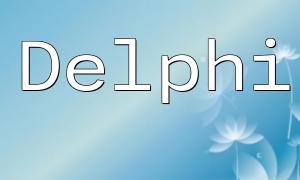When using a website built with nginx and PHP, it is common to encounter issues where images fail to load. Understanding the mechanism of image requests and server handling helps accurately troubleshoot and resolve this problem.
When a browser loads a webpage, it requests the corresponding image resource from the server via the tag. Nginx, as the server, forwards PHP file requests to the backend PHP processor and returns the processed result to the browser. If the image paths in the PHP code are incorrect, or nginx is not properly configured to direct PHP requests to the processor, the image resources cannot be accessed correctly, causing images to fail to display.
Make sure the nginx configuration properly specifies the path to the PHP processor to avoid images failing to load due to unprocessed PHP files. Here is a common example nginx configuration:
location ~ \.php$ {
fastcgi_pass unix:/var/run/php-fpm/php-fpm.sock;
fastcgi_index index.php;
fastcgi_param SCRIPT_FILENAME $document_root/$fastcgi_script_name;
include fastcgi_params;
}
This configuration passes PHP requests to the specified fastcgi process, ensuring dynamic files are correctly generated and returned.
Using absolute paths helps avoid errors caused by incorrect path references. The absolute path here refers to the path relative to the nginx server root directory, not the PHP script directory. For example:
/images/pic.jpg
When using absolute paths, ensure the image files actually exist at that location and nginx has permission to access them.
Relative paths are simple and straightforward but require confirming the directory relationship between PHP scripts and image files is correct to avoid path errors. For example:
./images/pic.jpg
This method works well when images and PHP scripts are in the same or adjacent directories.
Image display issues often result from incorrect path configurations or improper nginx and PHP processing setups. By properly adjusting nginx settings and using absolute or relative paths appropriately, image loading failures can be effectively resolved. It is recommended to choose the most suitable solution based on your specific project structure and deployment environment to ensure images display correctly on your website.









